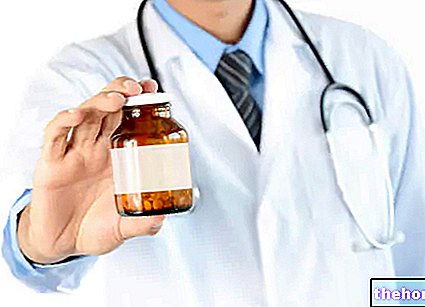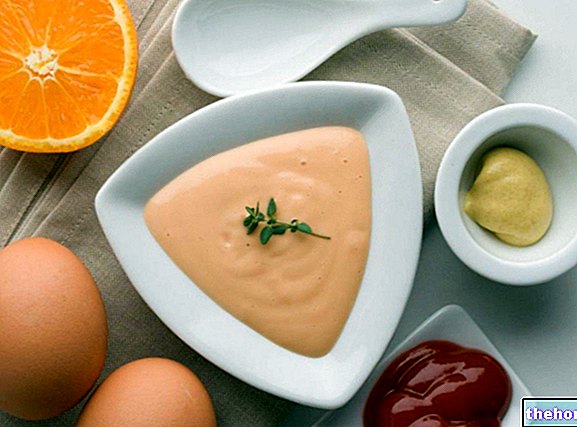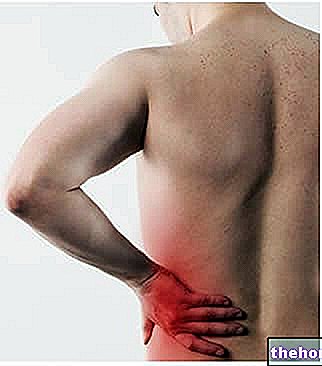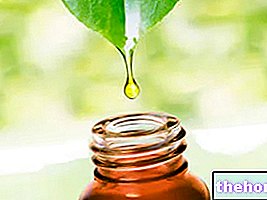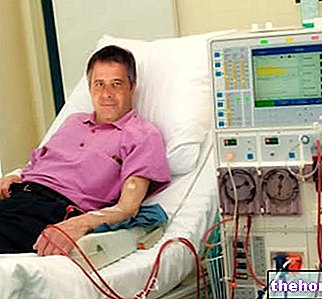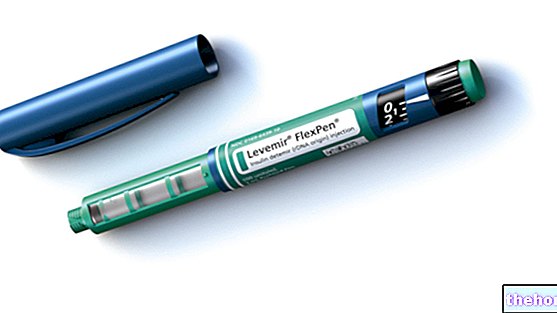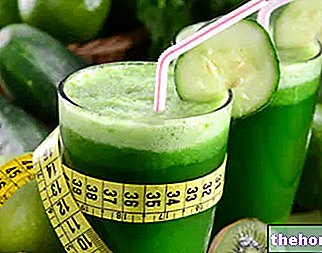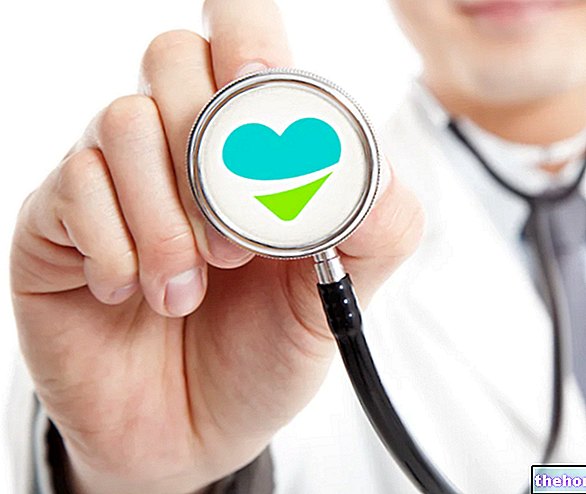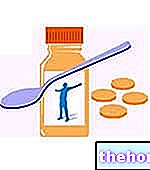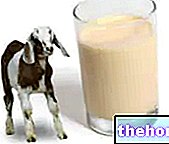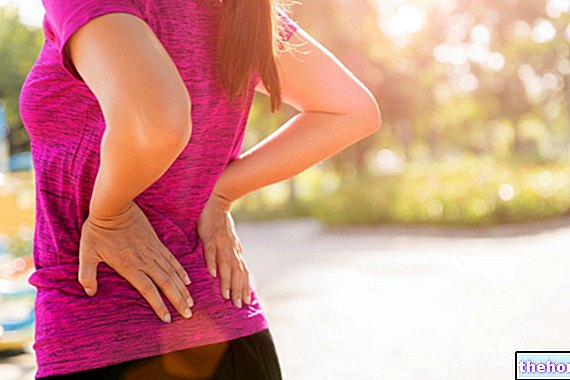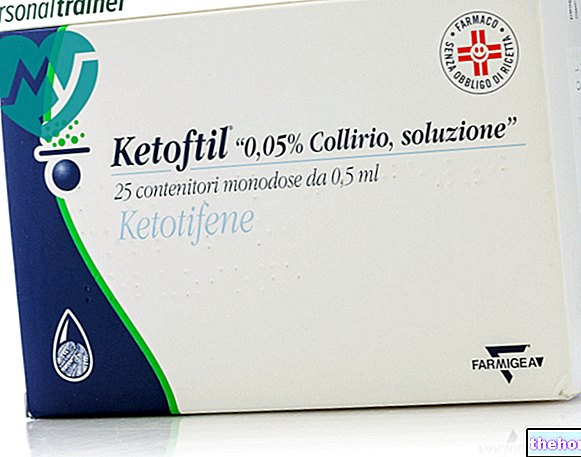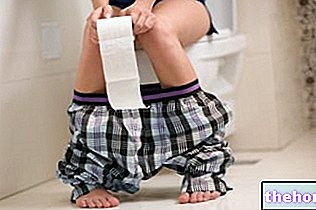Definition
Mastitis is defined as an inflammatory process with a purely infectious etiology involving the breast tissue; it is a pathological condition typical of the period of breastfeeding, but it can also occur outside of lactation. In general, "puerperal" is defined as mastitis that appears in the mother during the period from the birth of the baby up to the following six weeks .
Causes
Mastitis is an infectious disease, triggered by a bacterial insult inside the milk ducts, from which the milk flows to the nipple; staphylococcus aureus and staphylococci in general are the most involved bacteria. The invasion of pathogens can be favored. from several factors: skin lesions in the breast caused by incorrect positioning of the baby during breastfeeding, fissures in the breast, stagnation of milk in the breast, poor breast hygiene.
Symptoms
Mastitis is characterized by a particularly intense and burning pain in the breast, accompanied by discomfort on palpation, pain when breastfeeding, fever, breast swelling, widespread malaise, redness, flu symptoms.
- The initial symptoms of mastitis are very similar to those of breast cancer; therefore, the two conditions can be confused. A biopsy can ascertain the diagnosis.
Information on Mastitis - Mastitis Treatment Medications is not intended to replace the direct relationship between health professional and patient. Always consult your doctor and / or specialist before taking Mastitis - Medicines to Treat Mastitis.
Medicines
Contrary to what one might think, even in the case of mastitis it is possible to breastfeed the baby, since the bacteria involved in the infection are almost harmless for the health of the baby; indeed, it seems that breastfeeding is a valid aid for speed up the recovery of the mother, since it promotes the drainage of the breast, avoiding the spread of the infection in other healthy areas of the breast.
It should be pointed out that mastitis should not be underestimated: it is in fact a rather dangerous disease, when not treated or underestimated, which could degenerate into serious complications such as an abscess.
The use of heat directly on the breast is a rather effective remedy to relieve pain: the heat, in fact, conveys the blood to the painful area, favoring recovery in a shorter time. The heat packs can be alternated with cold ones: the cold promotes vasoconstriction, reducing pain and redness.
Breast massages can also promote breastfeeding, reducing breast pain: this practice is useful for preventing breast engorgement (stagnation of milk in the breast).
The drugs most used in therapy are antibiotics (to remove the triggering bacterium) and painkillers (to relieve symptoms such as pain, swelling, inflammation).
The following are the classes of drugs most used in the therapy against mastitis, and some examples of pharmacological specialties; it is up to the doctor to choose the most suitable active ingredient and dosage for the patient, based on the severity of the disease, the state of health of the patient and his response to treatment:
Antibiotics: An antibiotic treatment is sometimes prescribed to eliminate the bacterium involved in the manifestation of mastitis. Typically, the duration of therapy varies from 10 to 14 days; even when the symptoms improve after a few days from the beginning of the treatment, it is advisable not to interrupt the treatment, to avoid relapses. The "antibiotic must" be prescribed by the doctor; those drugs whose active ingredients are secreted in the milk, such as metronidazole and tetracyclines.
The most used antibiotics for the treatment of mastitis are:
- Cefapirin (eg Brisporin): this drug belongs to the class of cephalosporins and is used in therapy for the treatment of mastitis. The dosage and duration of therapy must be determined by the physician.
- Cloxacillin (eg Cloxac FN): generally, it is recommended to take 500 mg of the drug every 6 hours for 7 days; alternatively, take the drug up to 3 days after the symptoms have subsided. Consult your doctor. Do not exceed 4 grams of active per day.
- Clindamycin (e.g. Dalacin-T, Clindamycin BIN, Zindaclin, Dalacin-C): the drug can be taken orally at a dosage of 300-450 mg every 6 hours, or intravenously (300-900 mg every 8 hours). The duration of therapy varies from one to two weeks. Consult your doctor.
- Clavulanic acid: The drug is a beta-lactamase inhibitor, used as a second-line therapy for the treatment of mastitis. The dosage must be determined by the doctor.
- Flucloxacillin (eg Flucloxacillin GNT): the drug is a beta lactamase inhibitor also used to treat mastitis. Take one 1-gram tablet every 6-8 hours, before a meal. Do not exceed the doses prescribed by your doctor.
Pain relievers: pain accompanies mastitis in most women who suffer from this problem; therefore, pain relieving and anti-inflammatory drugs (NSAIDs) are particularly effective. Clearly, treatment with painkillers cannot replace antibiotic treatment, since NSAIDs are unable to eliminate the causative agent.
- Acetaminophen or Paracetamol (eg Tachipirina, Efferalgan, Sanipirina): take the drug in case of fever associated with mastitis, per os (in the form of tablets, syrup, effervescent sachets) or rectally (suppositories); it is recommended to take paracetamol at a dosage of 325-650 mg every 4-6 hours for 6-8 consecutive days, to lower the fever. It is also possible to take the drug intravenously: 1 gram every 6 hours or 650 mg every 4 hours for adults and adolescents who weigh more than 50 kilos: if the patient weighs less than 50 kilos, administer 15 mg / kg every 6 hours or 12.5 mg / kg every 4 hours.
- Ibuprofen (eg. Brufen, Kendo, Moment): take orally from 200 to 400 mg of active ingredient (tablets, effervescent sachets) every 4-6 hours, as needed. In some cases, the analgesic can be given intravenously (400 to 800 mg every 6 hours).
Surgical drainage: this surgical practice consists in "incising the breast in case of complicated mastitis associated with abscess; the small incision made on the breast is useful to allow the drainage of the pus accumulated in the abscess".



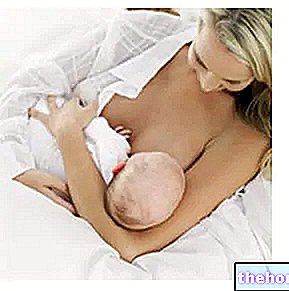
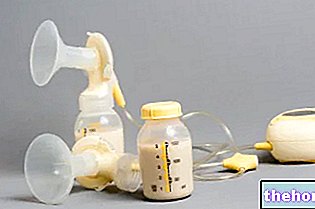
.jpg)


